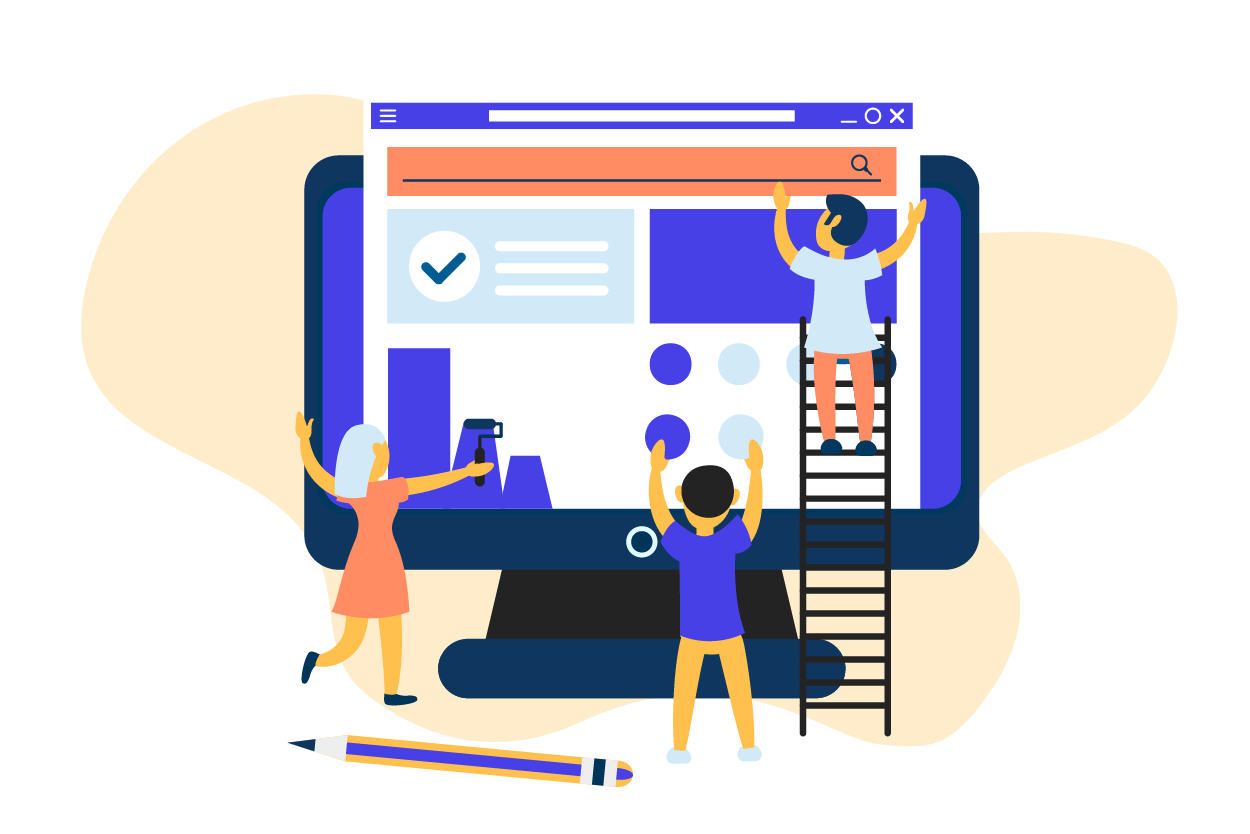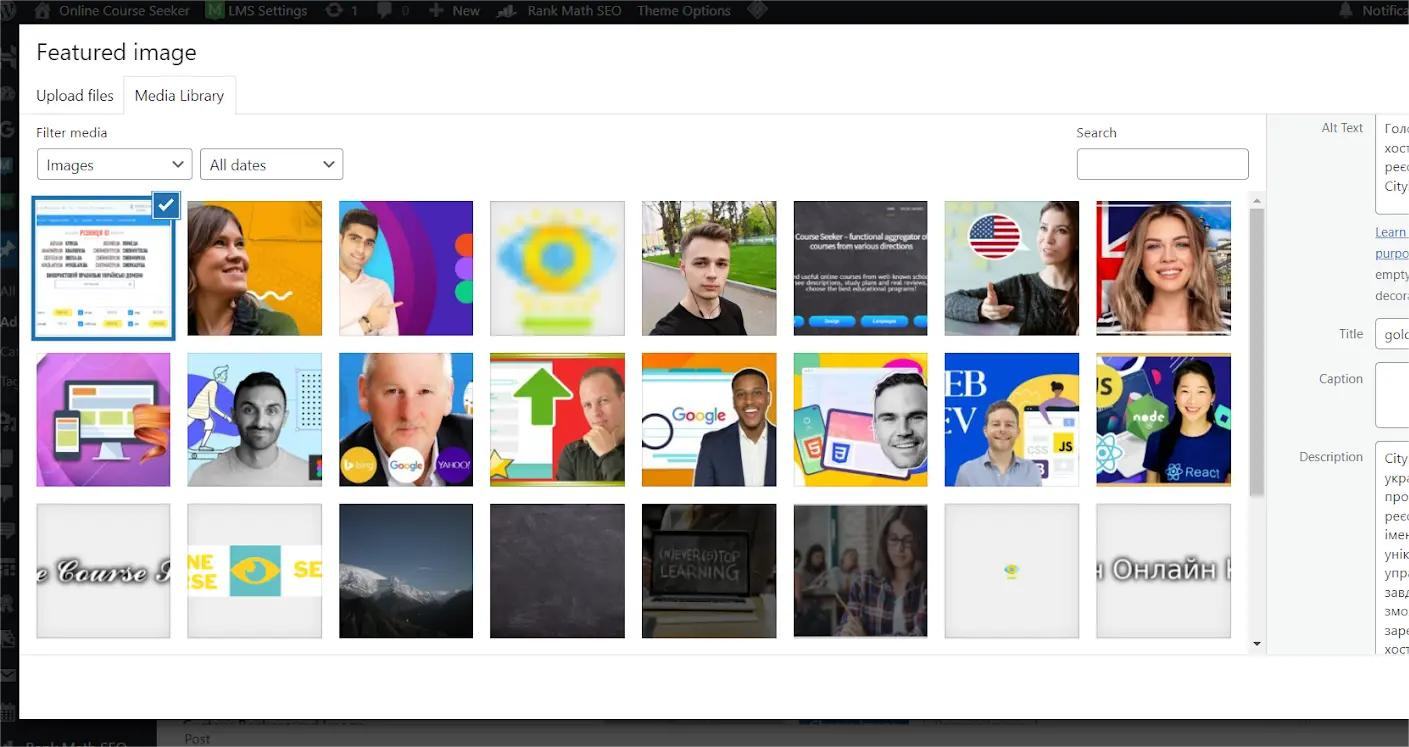
Optimizing images on the website — one of the key ways to increase page load speed and improve user experience. Large or poorly prepared files can slow down your site, reduce conversions, and affect your search engine rankings. In this article, we’ll walk you through simple steps to effectively optimize your images.

Why image optimization is important
- Speeding up website loading
Reduced and optimized files load faster, improving UX. - SEO improvement
Google takes page loading speed into account, and optimized images help reduce rendering time. - Reducing server resource usage
Smaller file sizes mean less load on hosting and faster site response.

Basic optimization steps
- Basic optimization steps use modern WebP or AVIF formats instead of JPG/PNG.
- Reducing file size: lossless compression using online services or plugins.
- Using responsive images: different sizes for desktop, tablet and mobile devices.
- Alt and title attributes: describe images for SEO and user accessibility.

How we help
- Website development – we implement image optimization in the site code
- Website design – we create light and beautiful images that do not slow down the site
- Website optimization – we additionally check the speed and efficiency of media files

Practical tips
- Use a CDN to store and quickly load media files.
- Install plugins for automatic optimization when uploading new images.
- Check the size and weight of images before publishing them on the site.

Conclusion
Image optimization — a simple but effective way to speed up your site, improve UX, and increase your search engine rankings. Following these simple steps helps make your site fast, modern, and user-friendly.
If you want a site that works for your business, order from us:
website design | websitedevelopment | website optimization



